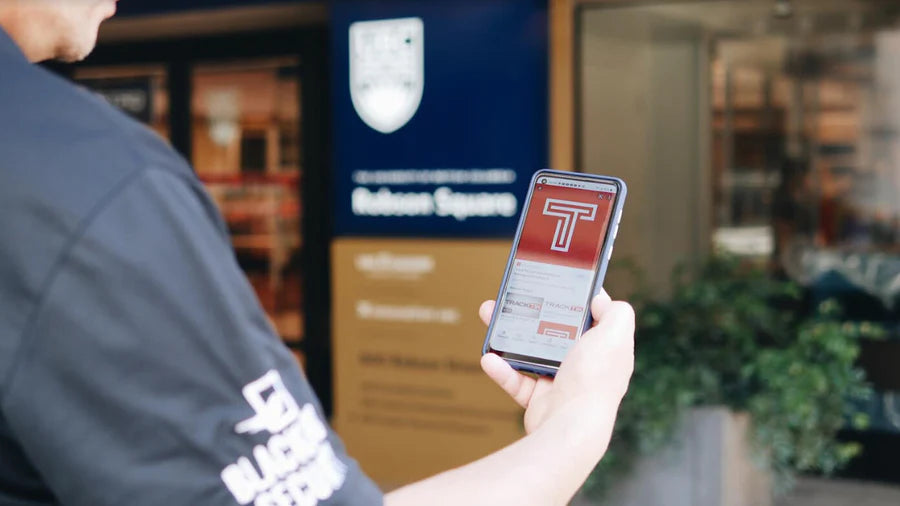Handling Security Risks in a Work From Home Environment
From conversations with many of our clients, Canadian businesses are moving with the times to offer their staff a hybrid work environment. What this means is that previously office-based staff will now have the option to work part-time from a remote setting, and part-time at a traditional office.
The benefits of this kind of set-up are clear. It allows staff the flexibility to tackle daily tasks, while also cutting down on commutes and boosting quality of life. However, ask any IT security expert and they’ll tell you it also introduces an extremely challenging variable to the equation. What’s obvious is that the genie is out of the bottle and remote working arrangements are here to stay. How businesses handle the security risks in a hybrid work environment will make all the difference in the coming years, and now is the time to prepare a security plan.
Analyzing the Data on Remote Working
Tessian recently carried out a survey of 250 IT managers and 2,000 working professionals on the topic of remote working. They found the following results:
- 75% of IT Managers believe the future of work will be remote or hybrid
- 89% of working professionals want a job where hybrid/full remote work is the norm
- 50% of respondents dealt with a security breach as a result of a remote work environment
- 77% of IT Managers believe their business is at greater risk due to remote work
It’s clear what way the wind is blowing on this issue. The question is – what can companies do to protect themselves, while offering the kind of flexible working environment that will attract top talent? To help manage the security risks of a hybrid working environment, here are some suggestions from Blackbird Security’s IT Security experts.
3 Tips to Secure a Work From Home Environment
Create BYOD (Bring Your Own Device) Policies
Many employees have used the remote work environment to lean on their own technology and use it for business. This ranges from using their own laptop, through to responding to work emails on their cell phones. This creates an extremely risky situation for businesses. What if these devices were stolen, or fell into the wrong hands? IT Departments should craft BYOD policies in areas such as device controls (passwords, pins, biometric unlocking), data encryption software, limiting use of certain apps, etc. It’s also crucial to create rules for what happens when an employee departs. All company access and material will need to be safely removed.
Offer Dedicated Security Training
Interestingly, another key takeaway from the report was the fact that 58 per cent of IT Managers plan to introduce robust security training if their company makes a permanent pivot to remote working. This training offers a cost-effective way to upskill your employees, while also working to prevent any costly cybercrimes. If you’re unsure where to start with this kind of training, contact us and we’ll be happy to offer our IT security services.
Two-Factor Authentication
Two-Factor authentication is such a quick and easy security layer to activate, but many companies still don’t advise staff to utilize it. During a two-factor authentication, users have to identify themselves through multiple verification measures and credentials before gaining access. This means if one layer of security is compromised, cyber criminals would still have to navigate past another to cause any damage. While it’s not a fool-proof security method, it’s generally more than enough to scare away all but the most dedicated of criminals.
Work with the Cyber Security Experts
At Blackbird Security, our Cybercrime team offer a robust set of IT protection services to keep our clients safe. Get in touch and let’s take your security to the next level.







